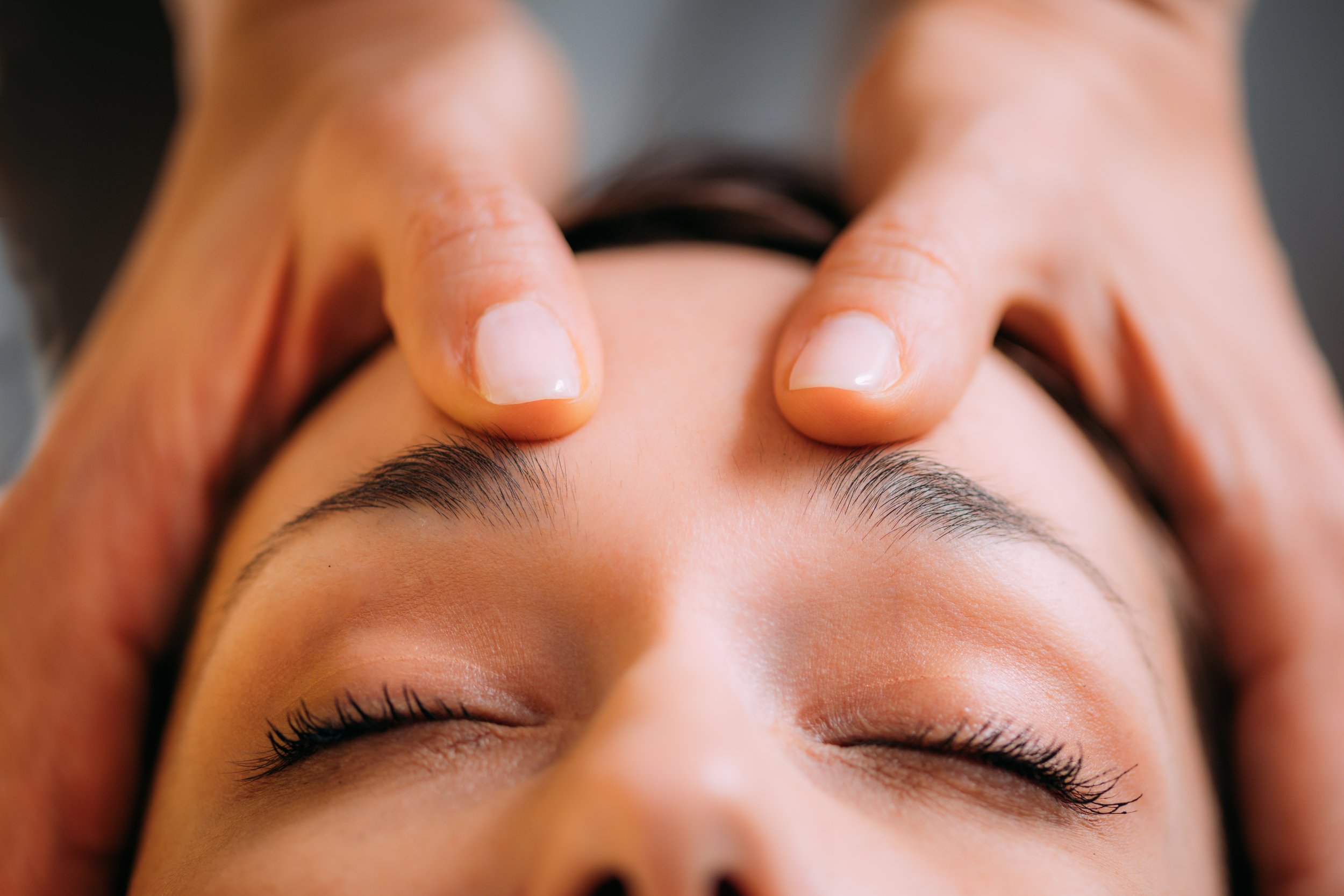
The benefits are endless.
If you have ever sprained a joint or tweaked a muscle, then you have likely been frustrated by conventional medicine’s lack of useful tools for healing your injury. Ice, compression, elevation and drugs only get you so far. They dull the pain, but do little to return you to your pre-injury state. Sports medicine is one area where Traditional Chinese Medicine (TCM) excels. I learned this early in my career when a patient in a wheelchair was brought in to see me by her fiancé. She had twisted her ankle while dancing in high heels. Though not a traditional sports injury, the resulting grapefruit-sized ankle was much the same.
I treated her with Tuina (Chinese therapeutic massage), and prescribed a formula of Chinese herbs. The following day, she came in on crutches; the next with a cane; and on the fourth visit, she walked with barely a limp. By this last visit, the swelling was almost imperceptible.
With a little counselling on the dangers of alcohol mixed with high heels and samba, she was off to get married.
TCM treatments are not just for ankles, though. We treat the rest of the body just as well, from joints as small as fingers and toes to knees, hips, shoulders and elbows. Every day, by restoring range of motion and relieving pain, we help people get back on the court, field, links or just back to their lives, able to function as they did before their injuries.
The results of TCM are undeniable, so the question is: how does it work? First, Tuina stimulates the release of endorphins—the body’s own natural painkillers. Acupuncture, tuina and herbs increase circulation by reducing swelling and the accompanying pain. Finally, tuina speed up the healing process of muscles, tendons and ligaments by bringing the body’s own healing crews to the injury site. Our joints are very poorly supplied with blood. In order to heal, blood flow must be repetitively encouraged into and out of these areas. We can do this with acupuncture on a very precise level. Whether your injury is old or new, TCM can help you heal.

Balancing the Emotions
In the many research study that intense or prolonged emotions can cause physical problems. Anger, fear, worry, sadness and joy fluctuate normally throughout our lives. In excess they can decrease the circulation of energies and substances throughout the body and lead to sickness. This month you’ll learn how to unblock these habitual emotions. Anger is mitigated with exercise and stretching. Tendons and muscles put our intentions into action. Ensuring these tissues are nourished and supple is what keeps blood, energy and emotions moving smoothly. The extreme experience of shaking and being entirely overcome with anger can be avoided through movement.
Fear can be soothed with a hot Epsom salts foot bath. Both the salts and the focus on the feet ground your energy. A foot bath can also correct the sensations of rising energy common to anxiety. If you’re having trouble sleeping, an Epsom salts foot bath right before bed is relaxing.
Worry can be lessened with daily meditation. The quality is much more important than the quantity. Try three minutes of awareness of your breath per day for two weeks. Sit comfortably and keep your eyes slightly open to avoid sleeping. The key is to allow your thoughts to come and go naturally until they slow down and you feel more peaceful, always returning your attention to your breath. While stillness is the focus, avoid the rigid idea that you must avoid thinking. Mental chatter can be minimized by listening to soothing music or repeating a phrase while breathing, such as inhaling with “I am,” and exhaling with “calm.”
Sadness is erased when our respiratory system is strong. The image of a person depressed and hunched forward is indicative of weak chest and lung energies. Improve lung function by eating apples, Asian pears, broccoli, goji berries, lima beans and pecans. Exercise, chi gong and meditation strengthen your respiratory system as well.
Joy is a positive emotion that becomes detrimental only when excessive. Avoid stimulating foods like caffeine, alcohol, sugar, citrus juice and hot peppers. Overexcitement is prevented by spending time with relaxed individuals, engaging in caring conversation and pacing yourself during exercise. “No pain, no gain” does not apply here.
